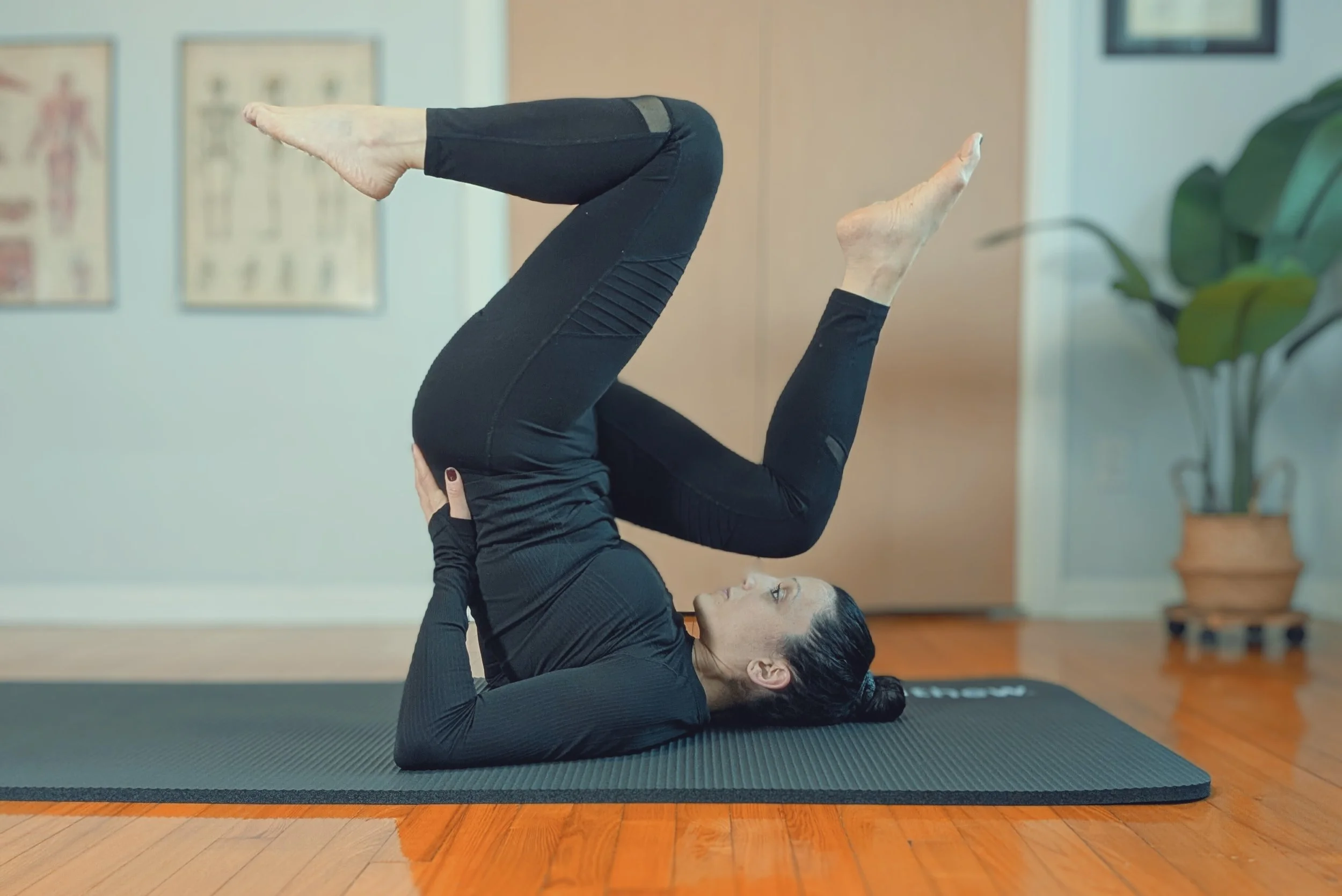About Me
When I was a teenager, I dealt with persistent lower back pain, and I often turned to medication to help with the discomfort. Doctors told me my core was weak and suggested I work on strengthening it. So, I gave Pilates a try, focusing on improving my alignment, building my core, and refining my posture.
Since then, I haven't needed medication for back pain again. Pilates became more than just a workout for me—it was a game-changer.
I truly believe in the power of movement to heal, and my own experience shows that Pilates can really make a difference for anyone. Let’s work together to unlock your body’s full potential!
What is Pilates?
Pilates is a low-impact exercise method designed to strengthen the body’s core, improve posture, and enhance flexibility. Developed by Joseph Pilates in the early 20th century, it combines controlled movements with breathwork to create a balanced body and mind. Pilates is suitable for people of all fitness levels and focuses on both physical and mental well-being.
The 6 Pilates Principles
-
Pilates exercises focus on engaging the core muscles, including the abdominals, lower back, and hips. This “center” serves as the foundation for all movements, promoting stability and control.
-
Pilates requires complete mental focus. By concentrating on each movement, you ensure precision and control, helping to improve your coordination and achieve better results.
-
Every movement in Pilates is performed with intentional control, preventing injury and maximizing the effectiveness of each exercise. Slow, deliberate movements are key to success.
-
Pilates emphasizes performing each exercise with precise alignment and technique. It’s not about doing many reps; it’s about performing each one correctly and with purpose.
-
Proper breathing is essential in Pilates. It encourages efficient movement and helps in deepening flexibility, as well as reducing muscle tension. Pilates often utilizes a pattern of inhaling to prepare and exhaling during exertion.
-
Pilates movements should be fluid and continuous. The exercises are designed to transition smoothly, creating a sense of rhythm and grace in your practice.


